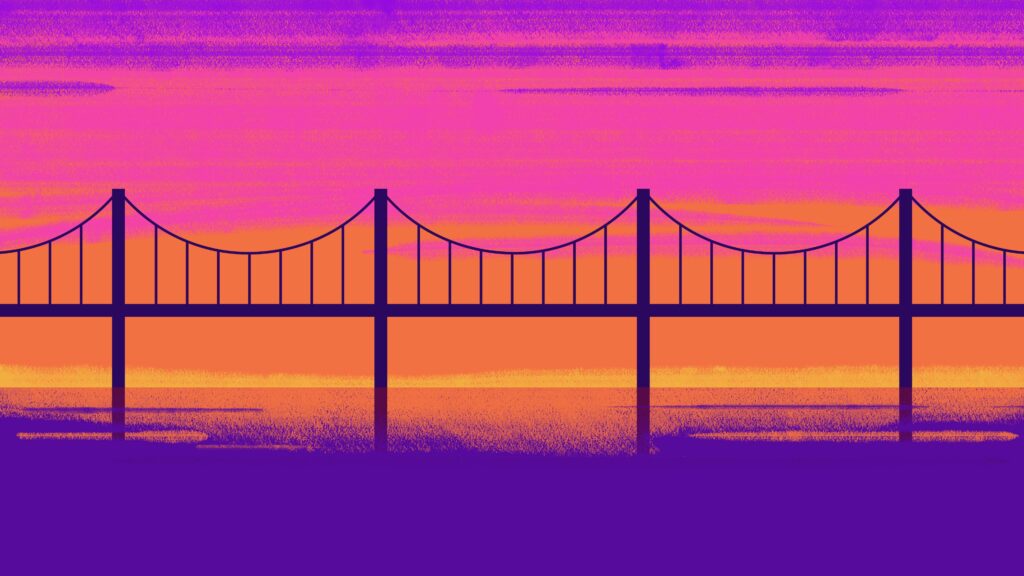The Possibility Bridge

Here at Cloud Four, we reject traditional design/development silos and endless static design artifacts in favor of multi-disciplinary responsive design sprints. But because it isn’t the norm, I’m always on the lookout for useful metaphors to onboard new collaborators.
So this portion of legendary game designer John Romero’s autobiography stood out to me. He recounts his team postponing an exciting idea due to technical constraints:
We wanted to put more on the screen and to give the player substantial agency in their gameplay, but CPUs were still slow, and the technology available couldn’t match the game in our heads.
Moments like this one, what I call the “possibility bridge,” are common in game development. As game developers, we have to see beyond the current horizon to imagine the possibilities that others either didn’t see or saw but overlooked. Thinking What if? and coming up with functional answers to that question leads to innovation. However, it’s not always possible to bridge the gap between imagination and what one can actually do with the available technology or resources.
I love “possibility bridge!” We imagine possibilities, bridge the gap between possibility and reality, and adjust based on what we learn.

Tyler Sticka has over 20 years of experience designing interfaces for the web and beyond. He co-owns Cloud Four, where he provides multidisciplinary creative direction for a variety of organizations. He’s also an artist, writer, speaker and developer. You can follow Tyler on his personal site, Mastodon or Bluesky.